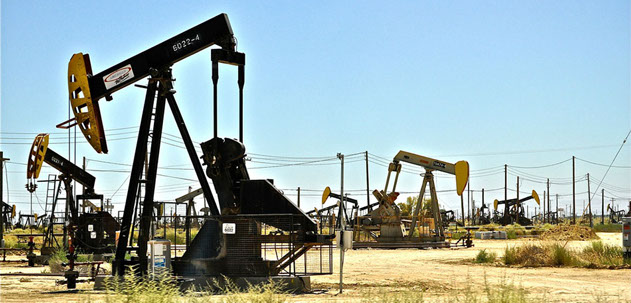History
1778 – Peter Pond reported the discovery of oil in Canada.
The oil sands in Alberta had been used by Aboriginal people for many years as a caulking material as well as for other purposes. However, Peter Pond was the first non-native explorer to report the discovery of oil in Canada. The area in which he made this discovery is now known as the Athabasca oil sands, located in northeastern Alberta.
1883 – Canadian Pacific Railway drilled the first gas well in Alberta.
While looking for water, gas was struck in Alderson, Alberta. Unfortunately, when the gas was struck, the well caught fire and burned the rig down. The well was abandoned until gas was struck again one year later at a well just eight feet away. This well was in operation for approximately forty years after being discovered.
1858 – James Miller Williams dug the first oil well in North America.
One year before the famous discovery of oil by Edwin Drake in Pennsylvania, James Miller Williams developed the first commercial oil wells in Oil Springs and Petrolia, Ontario.
The project was initially intended as a water well but instead oil was discovered twenty meters below the surface.
The Formation of Oil and Gas
Oil and gas form when sedimentary rock is exposed to heat and pressure over millions of years.
Sedimentary rock forms when deposits of tiny plants and animals along with mud and silt harden. When exposed to heat and pressure, the soft parts of these plants and animals slowly transform into crude oil and natural gas.
Regions of Sedimentary Rock in Canada
Canada has seven distinct regions of sedimentary rock. These regions span across the country, with portions of regions included in every province and territory.
Western Canada Sedimentary Basin
The Western Canada Sedimentary Basin is the most productive region in Canada. This area spans to include most of Alberta and Saskatchewan as well as parts of British Columbia, Manitoba, Yukon and the Northwest Territories.
Atlantic Margin
Major offshore crude oil and natural gas deposits were discovered in the Atlantic Margin in the 1960s. These deposits extend along the East Coast from Baffin Island down to US waters.
Arctic Cratonic and Arctic Margin
Crude oil and natural gas deposits have been identified in this area which includes the Arctic Islands, Beaufort Sea and Mackenzie Delta. Development, however, has been slow due to many deterring factors such as location, cost and regulatory processes.
Eastern Cratonic
Crude oil and natural gas production has been occurring in this area since the 1800s. This area reaches across Manitoba, Nunavut, Ontario, Quebec, the Maritime provinces and Newfoundland and
Labrador.
Intermontane
To date, only oil and gas exploration has occurred in this area. The Intermontane sedimentary rocks occur in British Columbia and the Yukon between the Canadian Rockies and the West Coast mountain ranges.
Pacific Margin
In 1972, the Canadian government halted all offshore drilling in this area in order to protect it from oil spills. Since this time no exploration has occurred. The Pacific Margin can be found off of the coast of BC.
Canada has a long history of oil and gas production and is currently the third largest natural gas producer and sixth largest crude oil producer in the world.
To learn more about Canada’s Oil and Gas industry, emerging technologies, products and services, and leading expertise in the field, check out the Gas & Oil Expo in Calgary, Alberta June 11 – 13, 2013.
Image by SMelindo



